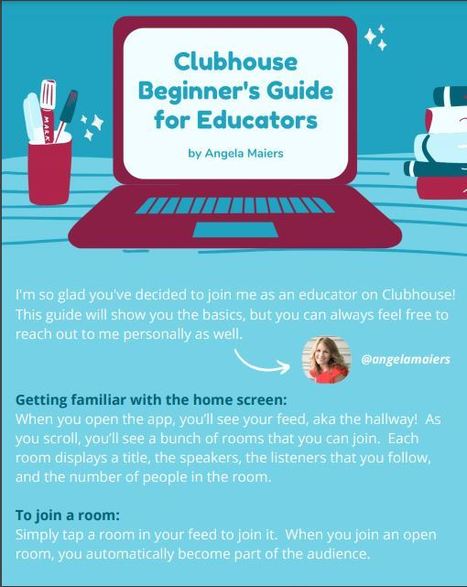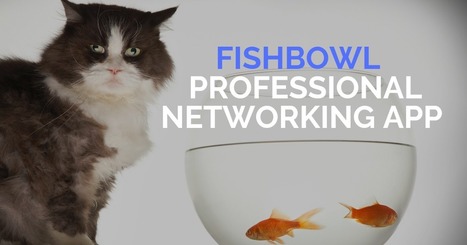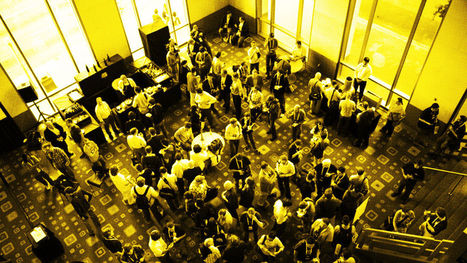
|
Rescooped by Yashy Tohsaku from iGeneration - 21st Century Education (Pedagogy & Digital Innovation) |
Get Started for FREE
Sign up with Facebook Sign up with X
I don't have a Facebook or a X account
 Your new post is loading... Your new post is loading...
 Your new post is loading... Your new post is loading...
No comment yet.
Sign up to comment
Beth Dichter's curator insight,
November 16, 2014 7:39 PM
Have you wondered what connectivism is? This infographic, using information from Stephen Downes and George Siemens provides this definition for connectivism: "...the thesis that knowledge is distributed across a network of connections, and therefore that learning consists of the ability to connect and traverse those networks." What are the 8 principles? They are listed below but you will find much more information in the infographic. 1. Learning and knowledge rest in a diversity of opinions 2. Learning is the process of connecting specialized nodes 3. Learning may reside in non-human appliances 4. Capacity to know is more important than what is currently known 5. Nurturing and maintaining connections is needed to facilitate continual learning 6. The ability to define connections between concepts is important 7. Currency (accurate, up-to-date knowledge) is the intent of all connectivist learning activities 8. Decision-making is a learning process as information can change and what is viewed as correct one day may be incorrect the next The second part of this infographic focuses on What Does an Online Connectist Course Look Like? There is much information to be found in this lengthy infographic. It also includes a list of works consulted. |
Maggie Lawlor's curator insight,
May 8, 2015 7:06 PM
Networking often feels challenging. These are helpful tips.... 
BombshellConsultancy's curator insight,
March 14, 2016 8:27 AM
Here are six #strategies for being the most popular person to talk to at your next #networking #event!

The Learning Factor's curator insight,
September 14, 2014 6:49 PM
A survival guide for making the most of a networking event, or everyday opportunities, as someone who'd rather run the other way. |















